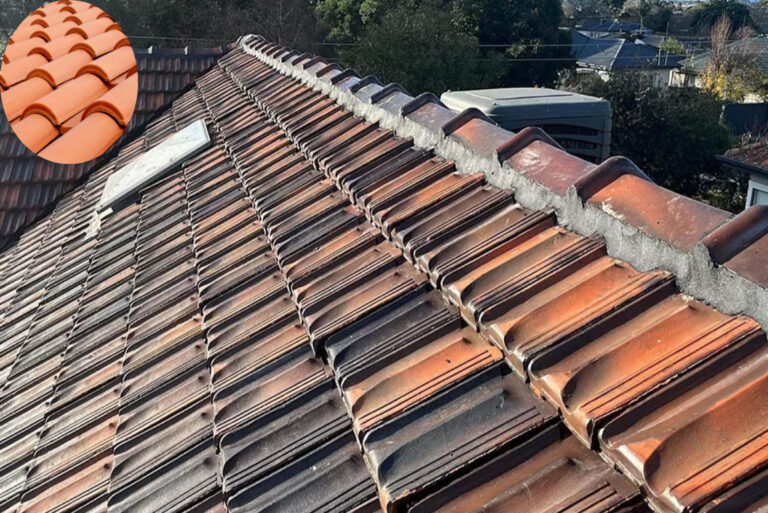Tile roofs are a popular choice among homeowners worldwide. Their durability, aesthetic appeal, and long lifespan make them a clear winner in many regions. But as a homeowner, you might be wondering, how long does a tile house roof usually last? Understanding the longevity of tile roofs is crucial if you’re planning to install one or want to ensure the roof over your head lasts for decades to come.
What Is a Tile Roof?
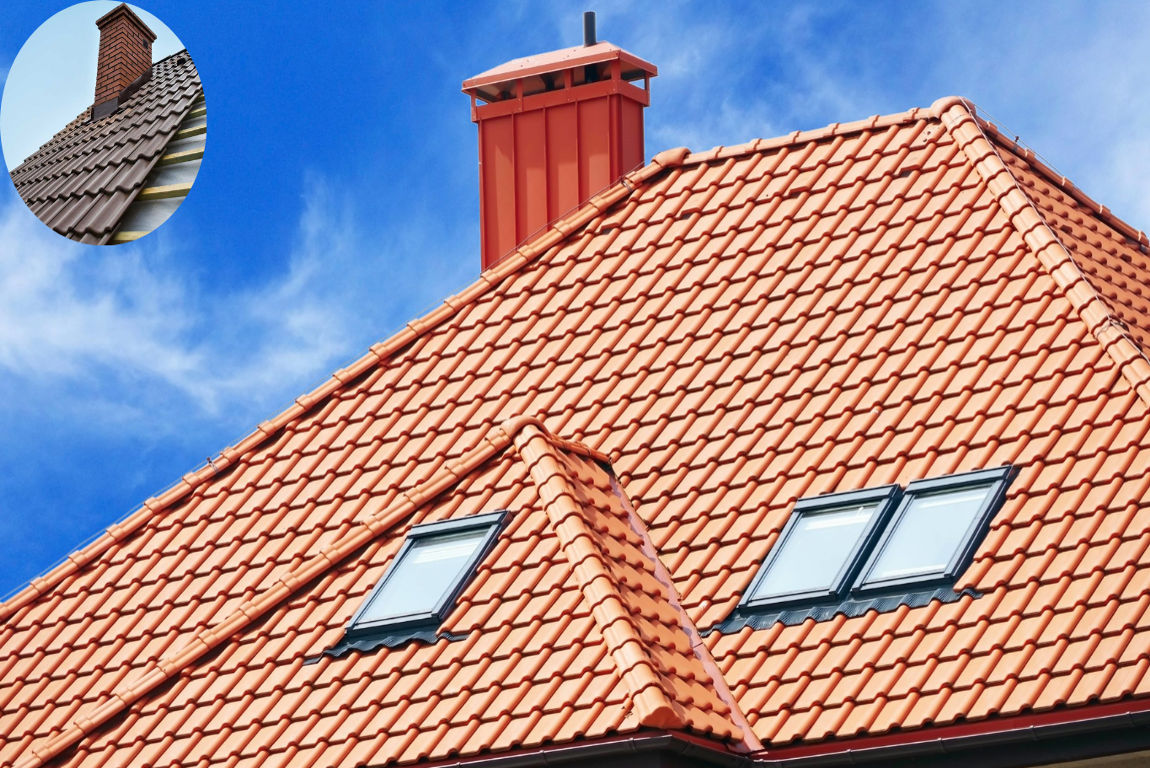
Tile roofs have been around for centuries, and their enduring popularity is no accident. Let’s break down what makes them so special.
What Are Tile Roofs Made Of?
Tile roofs are constructed using durable materials designed to withstand the elements. Common types of tile roofing materials include:
- Terracotta Tiles: Made from baked clay, terracotta tiles are known for their rich, earthy tones.
- Ceramic Tiles: Similar to terracotta but often glazed for added protection and aesthetic variety.
- Concrete Tiles: A cost-effective and durable option that mimics the appearance of clay or slate.
- Slate Tiles: Natural stone tiles that are highly durable and can last for centuries.
- Synthetic Tiles: Made from rubber or plastic composites, these tiles are lightweight and mimic the appearance of traditional tiles.
Where Are Tile Roofs Commonly Found?
Tile roofs are often associated with Mediterranean, Spanish, and Southwestern architectural styles, but they’re used worldwide. They are particularly popular in regions with warm climates or areas prone to wildfires due to their fire resistance and durability.
Why Do Homeowners Love Tile Roofs?
Tile roofs are not only functional; they’re also aesthetically pleasing. Their natural textures, earthy colors, and unique designs add a timeless appeal to any home. Beyond aesthetics, they’re built to last, making them a practical choice for homeowners seeking long-term value.
Average Lifespan of Tile Roofs
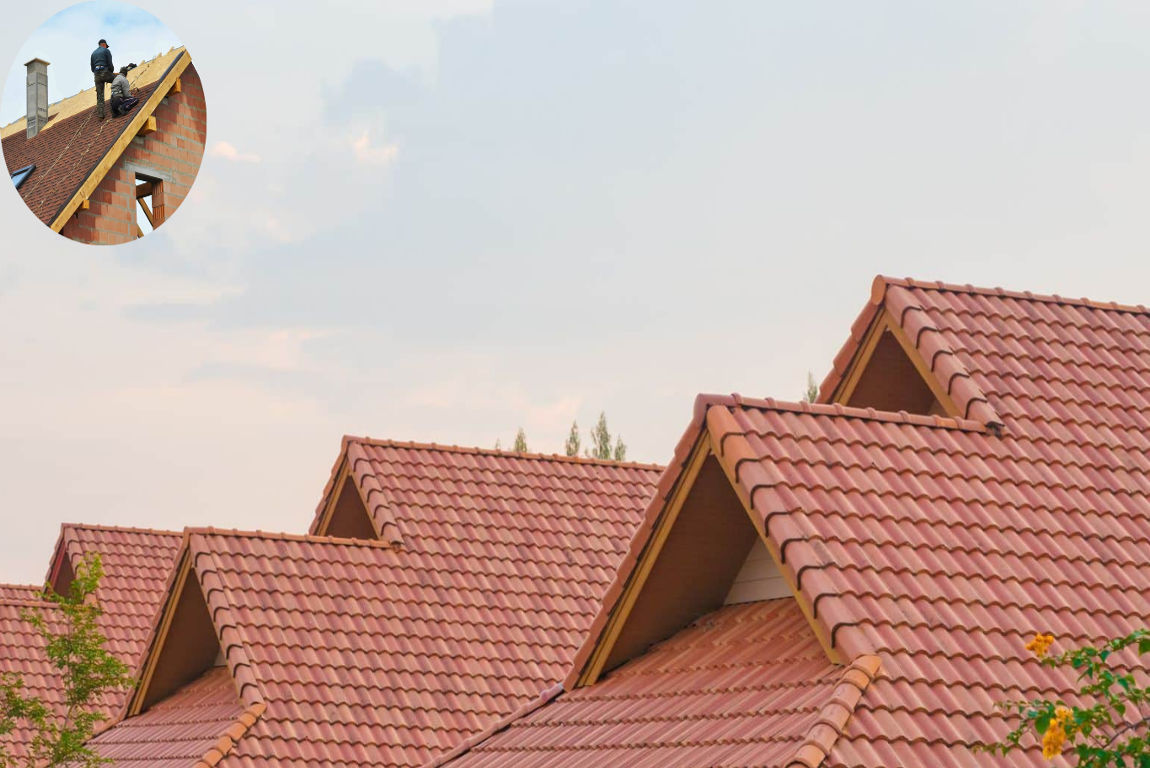
One of the most significant advantages of a tile roof is its impressive lifespan. While other roofing materials may need to be replaced every couple of decades, tile roofs can last a lifetime—or even longer.
You may also read (how to assess solar panels for house).
How Long Do Different Tile Materials Last?
The lifespan of a tile roof largely depends on the material used. Here’s a breakdown:
- Clay Tiles: Typically last 75 to 100+ years when properly maintained.
- Concrete Tiles: Offer a shorter but still impressive lifespan of around 50 years.
- Slate Tiles: Known as the most durable option, slate tiles can last 75 to 200 years.
Real-World Examples
In Europe, there are historic buildings with clay or slate tile roofs that have lasted for centuries. This demonstrates that with proper care, tile roofs are among the longest-lasting roofing materials available.
Why Do Tile Roofs Last So Long?
The secret lies in their durability. Tile roofs are resistant to weathering, fire, and pests, making them a reliable choice in various climates. Additionally, their design allows for natural water shedding and ventilation, which prevents common roofing issues like rot and mold.
Factors Influencing Tile Roof Longevity
While tile roofs are built to last, several factors can impact their lifespan. Let’s dive into what these are.
Material Quality
The durability of your tile roof starts with the material itself. High-quality clay, slate, or concrete tiles are more resistant to wear and tear compared to cheaper, synthetic alternatives.
Installation Quality
Even the best materials won’t last without proper installation. Poor installation can lead to leaks, cracked tiles, and premature damage. Always hire a professional roofing contractor with experience in tile roofs to ensure a secure and lasting fit.
Climate and Weather Conditions
Climate plays a significant role in determining the lifespan of your tile roof. For example:
- Hot climates: Prolonged sun exposure can cause fading but doesn’t weaken the tiles’ structure.
- Cold climates: Freeze-thaw cycles can cause tiles to crack if they aren’t designed for cold weather.
- Stormy regions: High winds, hail, and heavy rain can damage tiles over time.
Maintenance Practices
Neglecting your roof can significantly reduce its lifespan. Regular cleaning, inspections, and prompt repairs keep your tiles in top shape.
You may also read (how to keep animals out of your home vegetable garden).
Structural Issues
Shifting foundations or weak roof framing can lead to misaligned or damaged tiles over time. Ensuring a solid structure is key to maximizing your roof’s longevity.
Wildlife and Environmental Impacts
Birds, rodents, and debris can cause damage to your roof tiles. Keeping your roof clear of nests and buildup is vital for preventing unnecessary wear.
Advantages of Tile Roofs Related to Longevity
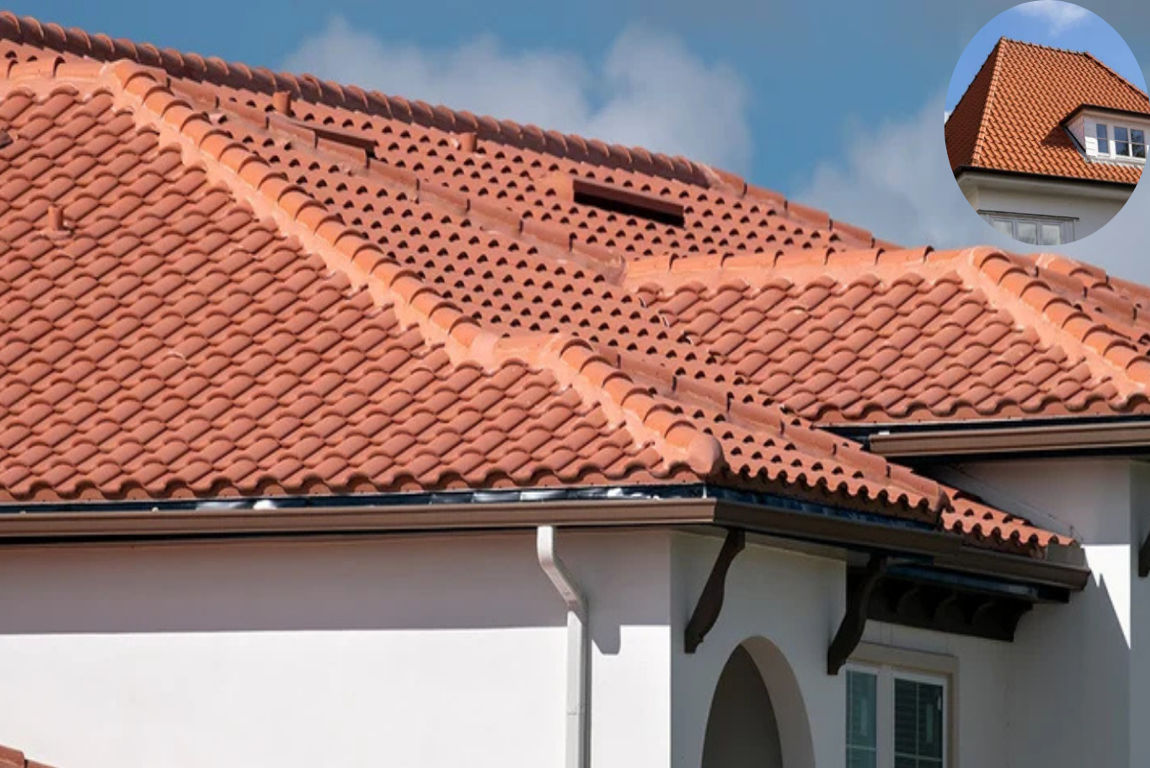
Tile roofs come with a host of benefits that contribute to their long-lasting appeal. Here are some key advantages:
Fire Resistance
Unlike wood or asphalt, tile roofs are non-combustible, making them an excellent choice in areas prone to wildfires.
Weather Durability
Tile roofs are designed to withstand harsh weather conditions. Whether it’s heavy rain, hail, or scorching sun, tiles hold up better than most materials.
Low Maintenance
While regular inspections are necessary, tile roofs typically require less maintenance compared to other roofing materials.
Timeless Aesthetic
Tile roofs maintain their appearance for decades. They resist fading and aging, ensuring your home looks beautiful year after year.
Sustainable Water Shedding
The natural design of tile roofs enables efficient water drainage, thereby reducing the risk of leaks and water damage.
Maintenance Tips to Extend Tile Roof Life
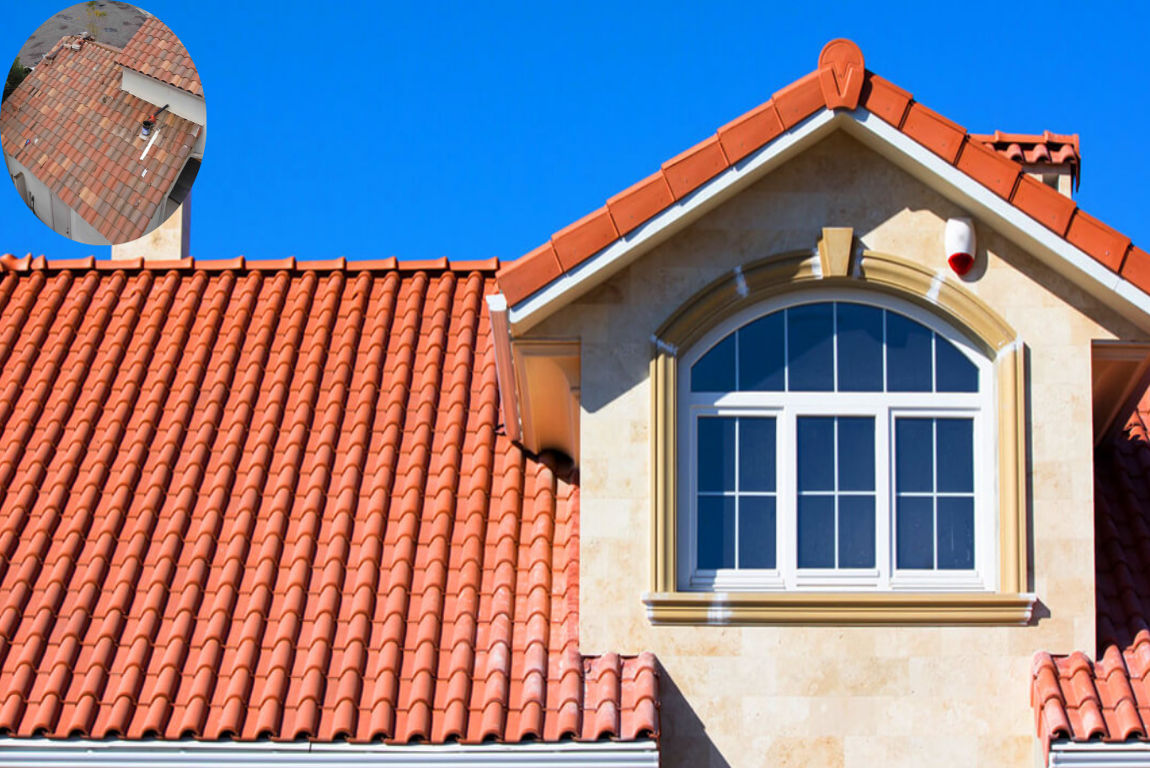
Proper maintenance can add years—even decades—to the lifespan of the LifeProof roof. Here’s how you can care for your roof:
- Conduct Regular Inspections: Check your roof at least once a year for cracks, loose tiles, or other signs of wear and tear.
- Clean Gutters and Remove Debris: Clearing leaves and debris helps prevent water buildup and damage.
- Repair Broken Tiles Promptly: Replace cracked or missing tiles as soon as possible to avoid further damage.
- Inspect Mortar and Underlayment: Ensure the layers beneath your tiles are intact and secure.
- Avoid Walking on Tiles: Walking on tiles can cause them to crack. Use proper equipment or hire professionals for roof access.
- Hire Professionals for Repairs: Trust experienced roofers to handle any repairs or replacements.
Comparing Tile Roof Longevity to Other Roofing Materials
Roofing MaterialAverage LifespanMaintenance NeedsCost ImplicationsLongevity Advantages
Tile (Clay, Concrete, Slate) 50-200+ years Low to moderate Higher upfront cost Longest lifespan, fire-resistant
Asphalt Shingles 15-30 years Moderate to high Lower upfront cost Easier to install, less durable
Metal Roofing 40-70 years Low Moderate to high Durable, lightweight
Wood Shingles/Shakes 20-40 years High Moderate Natural look, less durable
Cost Considerations Related to Tile Roof Longevity
While tile roofs may have a higher upfront cost, they offer significant long-term savings. Here’s why:
- Lower Replacement Costs: With a lifespan of 50+ years, you’ll replace your roof far less frequently than with other materials.
- Increased Home Value: Tile roofs boost curb appeal and can increase your home’s resale value.
- Insurance Benefits: Fire-resistant materials, such as clay and slate, may qualify for lower insurance premiums.
You may also read (discover the spanish slang for house today).

